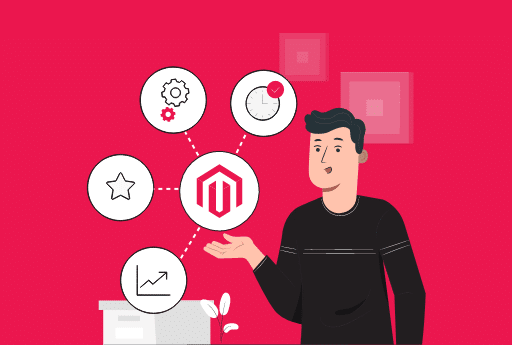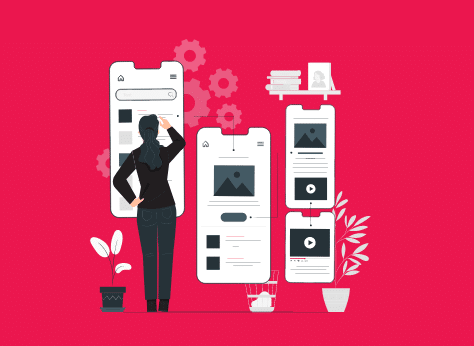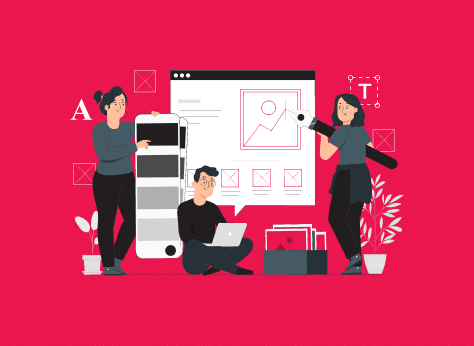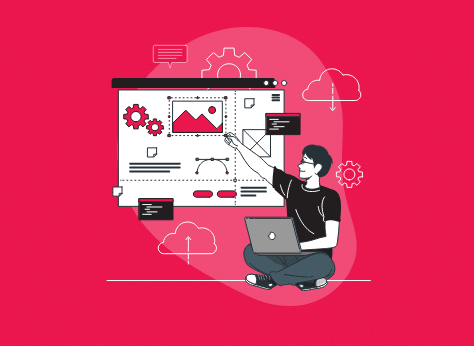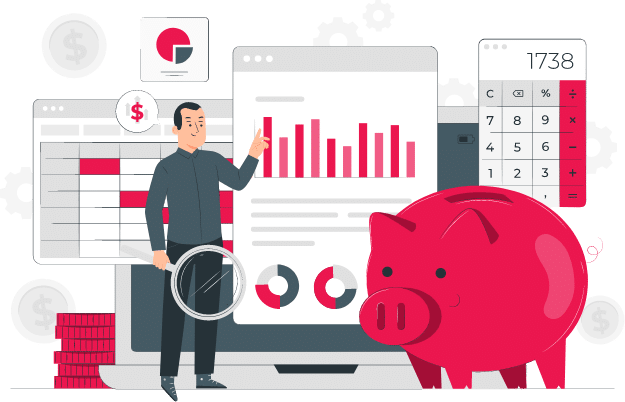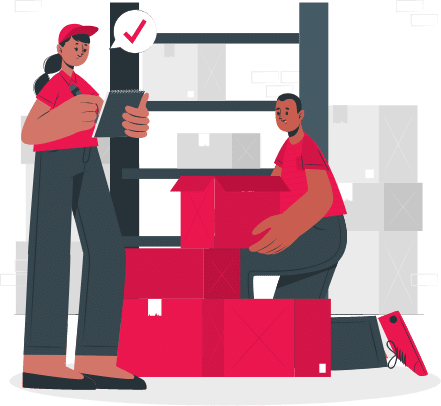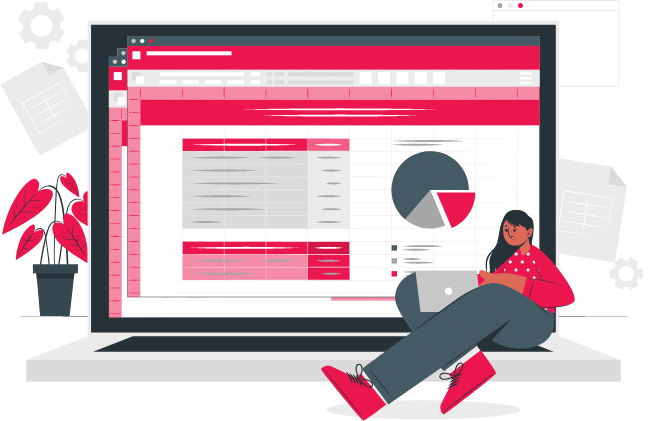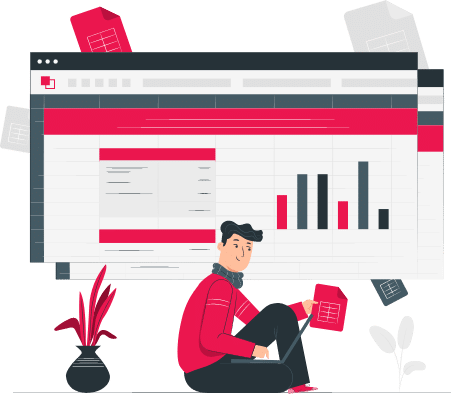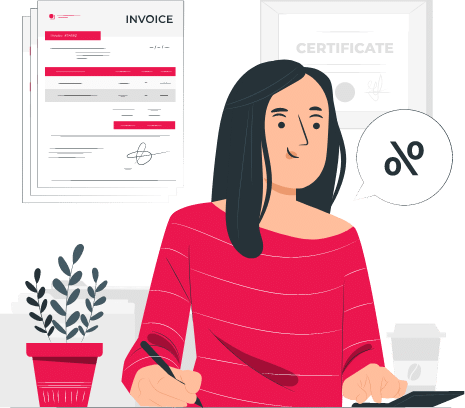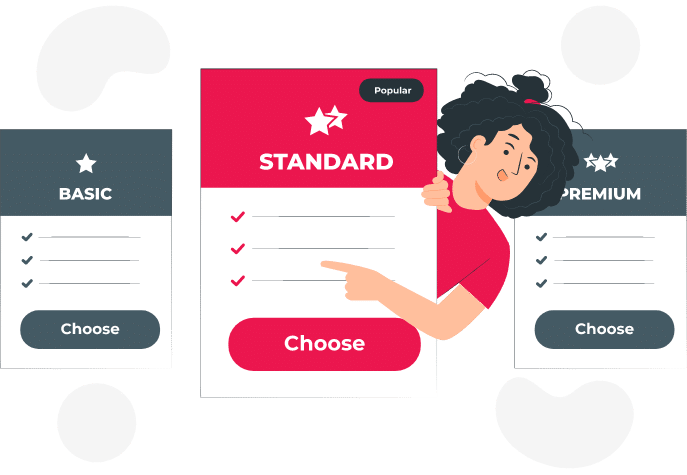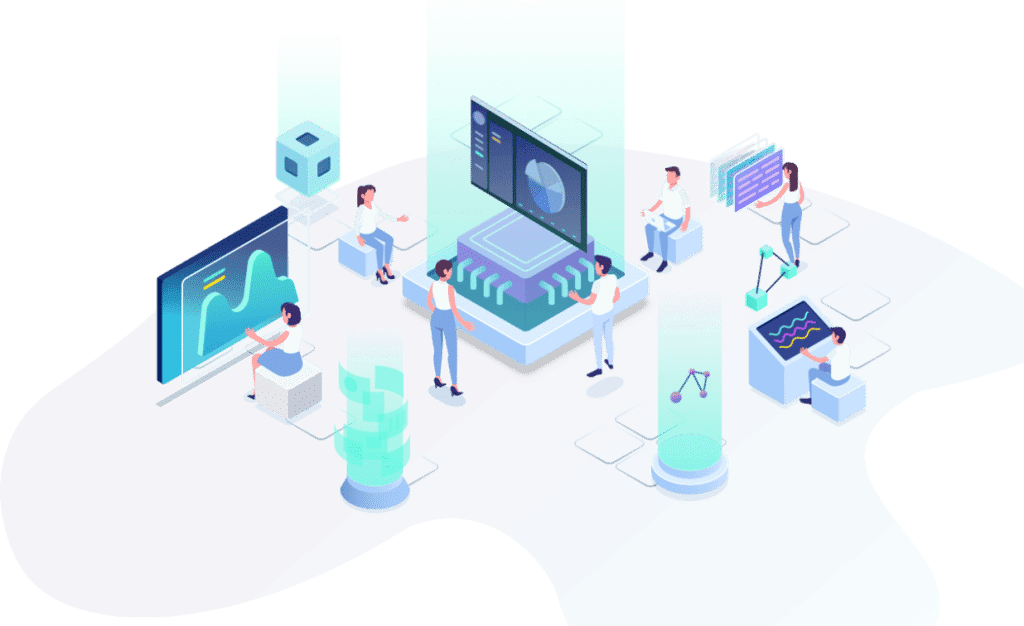0360 Integrator
Custom Integration For Empowered Business
360-Degree Business View
Custom integration by O360 efficiently connects your ERP with your frontend and other backend systems and gives you a 360-degree view of the accurate data of your processes. Our integration experts will create a Dashboard that allows you to get a single view of the key metrics of your business. This enables you to see your inventory, order processing, new orders, campaign pipeline, and customer details anytime from anywhere.
Enhanced Customer Experience
With up-to-date data on the systems, you can make your customer engagement and campaign attempts more result-oriented. The accurate data on systems also gives you customer insights that help you provide a more personalised service experience. Therefore, you can offer custom pricing to your customers, set special discounts, allow customers to request product returns without any hassle, and more. All these improve the customer experience and make them loyal to your brand.
Minimal Loss Of Revenue
Loss of revenue as customers opt-out is a major challenge for most businesses. This could be due to pricing, lack of product variants, non-personalised service, inconvenient checkout processes, inefficient order processing, lack of visibility of order details, and more. The ERP integration allows you to offer discounts for customers, add product details directly from inventory, ensure a more simplified checkout, and minimise order processing issues. All these help you avoid the customers pull out.
0360 Integrator
Streamlined Business Processes With Custom Integration
The ERP system integration eliminates bottlenecks in your processes by automating simple daily tasks and accurate system data. At O360, our integration specialists will custom code the systems to ensure the full use of the features of your ERP to make your processes streamlined and business empowered.
Why Choose O360?
O360has a highly experienced team of custom integration specialists with expertise in working with various ERPs, CRMs, and other backend systems. We also have website and custom software developers to help you add additional functionalities to your systems.
The highlights of our ERP software integration include the following:

Tuning The Systems To Your Needs
We tune your systems based on your workflow and ensure seamless data flow between your systems. While integrating systems based on your workflow, we also ensure the elimination of mundane, repetitive, or unwanted tasks in your processes. During the project scoping and integration planning stage, we will define your operations for efficient and faster completion.
No matter you want ERP and CRM integration, Magento and ERP integration, or any other integration, we will integrate module by module and data field by data field. Therefore, you get integration only for what is just required.
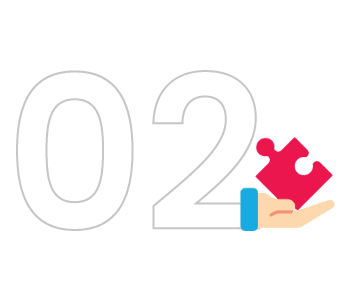
Step By Step Integration Process
At O360, we have established a standardised, step by step process to ensure ERP system integration, giving you the expected outcome. It begins with a project scoping and planning stage where we identify opportunities for automation in your processes, data extraction between systems, exceptions on data exchange, synching for custom data fields, and more.
It is followed by accessing various APIs, creating the integration configuration, testing, and launching. We will also provide you with support after launch to give you an end-to-end integration service.
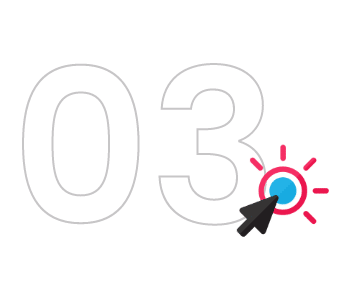
Qualified Integration Services
Regardless of whether you want SAP ERP integration or any other ERP synchronisation, we have excellent expertise in various systems and give you qualified services. Irrespective of you have an Ecommerce store, logistics business, service website, or any other business type; we have greater exposure to most industry types to streamline your processes with integration services.
What if one of your systems doesn’t have APIs to create data connections between your systems? Don’t worry; we will create APIs for your system based on the data permission level required between systems and synchronise over the network.
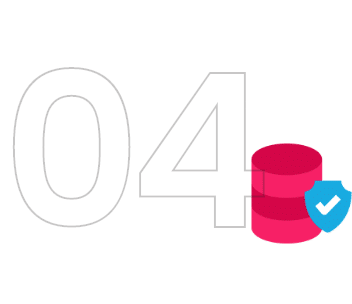
Single View Of Key Data
As part of the integration, we will create a Dashboard that allows you to get a single view of your data. This means that you will get all the critical data of your systems that give you an end-to-end view of your processes. You can view your sales data, new customer details, shipped order details, and more on the Dashboard to make business decisions quickly.
Importantly, you can customise the interactive Dashboard based on what data you want to show on your systems. The Dashboard also gives you complete information about the data syncing, including total synced data, sync status, access to sync settings, and more.
FAQ(Frequently Asked Questions)
Enterprise Resource Planning tool is the principal backend system of most businesses that helps companies and businesses to manage finance details to customer data and inventory from a single interface. The benefits of an ERP include better customer service, enhanced business reporting, cost savings, improved supply chain management, business process improvements, and more.
An ERP system is integrated with frontend and other backend systems that help you manage all your processes from a single system. It also allows you to automate several repetitive and mundane tasks in your systems.
You can integrate your systems by manually synching using APIs, middleware, or third-party apps. In manual syncing, integration specialists write codes for connecting the APIs based on your workflow. Middleware is an intermediary system that helps you connect your legacy systems and customise the data flow. Various system vendors offer most middleware tools to connect their tools with other backend and frontend systems.
Third-party apps are generally cloud-based integration solutions that allow you to connect your systems without coding or minimal coding quickly. These platforms connect your systems using the APIs and will enable you to customise the integration based on your workflow.
Most large businesses and a significant number of medium businesses use ERP systems to manage their operations efficiently. Based on the type of ERP system they use, businesses can manage their finance and accounts, supply chain, sales orders, projects, warehouse operations, inventory, human resources, and more.
The industries that predominantly use ERPs include healthcare, Ecommerce, manufacturing, non-profit, logistics, and much more. In reality, any business with complex product offerings and financial functions should consider choosing ERP systems for seamless business operations.
The five system integration methods are manual, middleware, application-based, uniform access, and common storage. In manual integration, various systems are connected by coding using APIs. Middleware integrators are intermediaries offered by legacy system providers to connect their systems with other frontend and backend systems.
Application-based integration systems are generally cloud-based or iPaaS integrators that establish connections between systems using APIs – mostly without coding – and ensure seamless exchange of data. As the name suggests, uniform access integration is a method that ensures uniform display of data across the systems from the original source. Common storage integration uniformly displays data across systems while storing a copy of the data.
An ERP integration connects a business’s ERP system with different frontend and backend systems for data exchange and automation of repetitive and mundane tasks. Custom ERP integration connects only the required modules and data fields of various systems that must be shared or reflected on the other systems.
Therefore, warehouse and inventory data are visible on the frontend, and every new sales order gets reflected in the backend. Additionally, every transaction gets accurately captured in the appropriate accounts for automated accounting. It also helps businesses to manage all their operations from a single window.
Many vendors – from leading technology firms to regional ERP developers – offer ERP solutions, and the cost of an ERP system change according to the vendor you choose. Additionally, the number of modules you want, the level of customisation required, the type of deployment, and the number of users also decide the final price of an ERP system.
Apart from the cost of the ERP system, the implementation, including training the workforce, also must be considered to confirm the total cost. While the implementation costs generally fall in the range of $75,000 to $750,000 for small and medium businesses, you should expect between $1,000,000 and $10,000,000 for large businesses.

